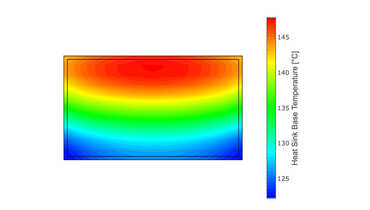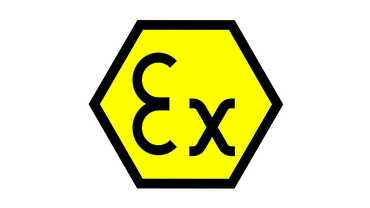In today’s tech-driven world, touch screen monitors are essential across various industries. However, selecting the right screen for different environments can be challenging. Are you struggling with glare or reflections affecting the performance of your touch screen monitors? If so, you’re not alone. This is a common dilemma for many product owners. At Interelectronix, we understand these challenges and are here to guide you through the complexities, ensuring you make the best choice for your specific needs.
Understanding Anti-Reflective Coatings
Anti-reflective (AR) coatings are designed to reduce the amount of light that reflects off the surface of the screen. This type of coating is typically applied in layers, each designed to interfere with incoming light. By minimizing reflections, AR coatings can enhance the visibility and readability of the screen, especially in environments with bright lighting. The primary benefit of AR coatings is that they significantly reduce mirror-like reflections that can obscure the screen’s content. This makes them an excellent choice for indoor use where lighting conditions are stable and controllable.
How Anti-Glare Coatings Work
Anti-glare (AG) coatings, on the other hand, work by diffusing light that hits the screen. Instead of reducing the reflection of light, AG coatings scatter it, which helps to reduce the intensity of reflections. This scattering effect minimizes glare and makes the screen easier to read in environments where lighting is variable or unpredictable. AG coatings are especially useful in settings where users need to see the screen clearly from different angles, such as public kiosks or outdoor information displays. The trade-off, however, is that AG coatings can slightly blur the screen’s image, affecting the clarity of high-resolution displays.
Comparing Anti-Reflective and Anti-Glare Coatings
When comparing AR and AG coatings, it’s important to consider the specific needs of your application. AR coatings are ideal for environments with controlled lighting, offering superior clarity and reducing mirror-like reflections. In contrast, AG coatings are better suited for environments with variable lighting conditions, as they diffuse light and reduce glare from multiple angles. However, the slight blurring effect of AG coatings might not be suitable for applications that require high precision and detail. Understanding these differences can help you choose the right coating based on the operational environment and the critical performance requirements of your touch screen monitors.
The Challenges of Outdoor Use
Outdoor environments pose unique challenges for touch screen monitors. Sunlight, reflections, and glare can significantly impact the usability of the screen. Both AR and AG coatings can mitigate some of these issues, but they also come with their own limitations. For instance, AR coatings might reduce reflections but can be less effective against direct sunlight. AG coatings can diffuse sunlight, but the resulting image might not be as sharp or clear. Therefore, while coatings can help, they are not always the optimal solution for outdoor applications where environmental conditions are constantly changing.
Why No Coating is the Best Option for Outdoor Monitors
For outdoor monitors, foregoing coatings altogether is the best option. This might seem counterintuitive, but AR coatings are rather soft and can be easily damaged and scratched. This results in an optical performer worse than non-coated Monitors. AR is not a good option at all because Anti-Glare coatings are a roughness that scatters the sunlight and makes the visibility of the screen much worse. Monitors designed specifically for outdoor use often incorporate high-brightness displays and optical bonding techniques. High-brightness displays ensure the screen remains visible even in direct sunlight, while optical bonding reduces internal reflections and improves durability. By focusing on these features rather than relying on AR or AG coatings, outdoor monitors can provide better performance and longevity.
The Expertise of Interelectronix
At Interelectronix, we specialize in providing touch screen solutions tailored to diverse applications, including challenging outdoor environments. Our expertise in the industry allows us to understand the specific needs of our clients and recommend the most effective solutions. Whether you need guidance on selecting the right coating or are considering advanced display technologies for outdoor use, we are here to help. Our commitment to quality and customer satisfaction ensures that you receive the best possible advice and products for your application.
Conclusion
Choosing the right touch screen monitor for your environment involves understanding the differences between anti-reflective and anti-glare coatings and recognizing the limitations of each. For outdoor monitors, opting for no coating and focusing on high-brightness displays and optical bonding can offer superior performance. At Interelectronix, we are dedicated to helping you navigate these choices with confidence. Contact us today to learn more about how we can support your specific needs and ensure the success of your touch screen applications.




